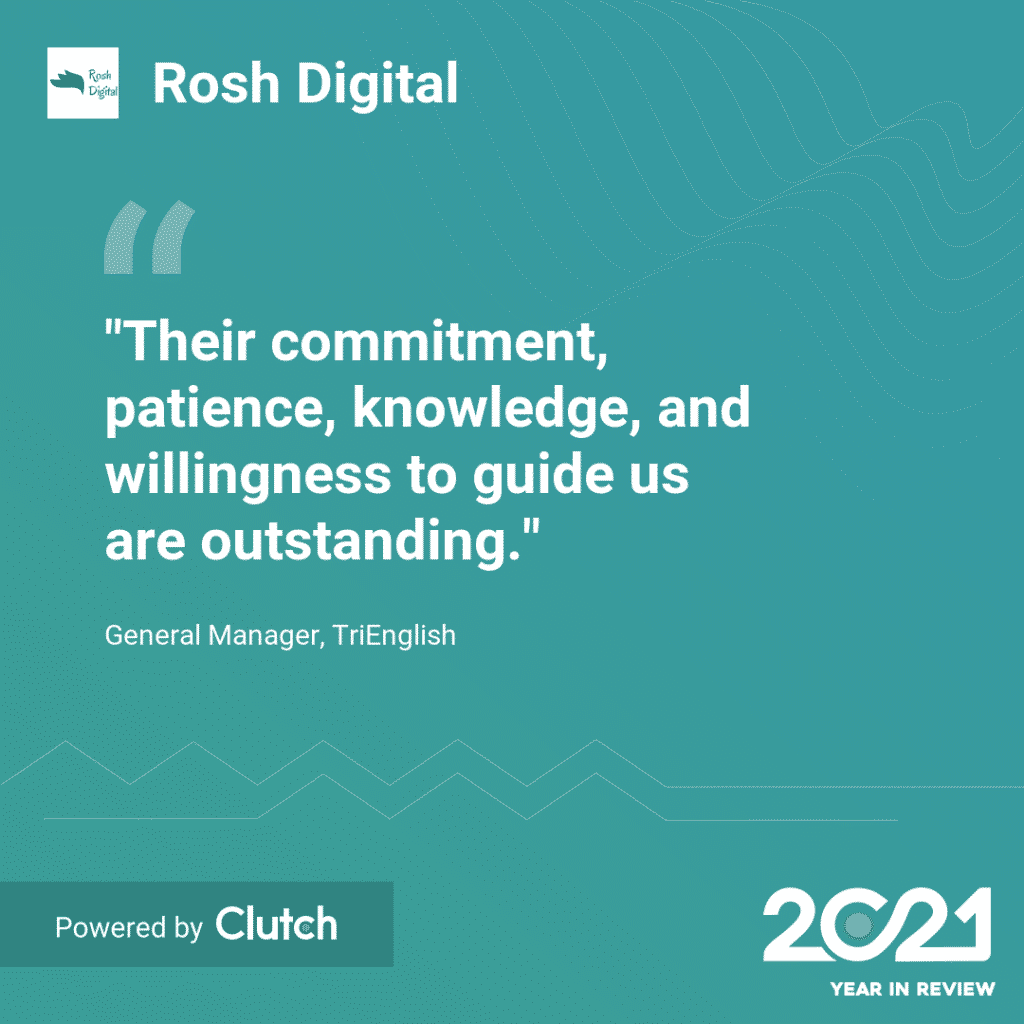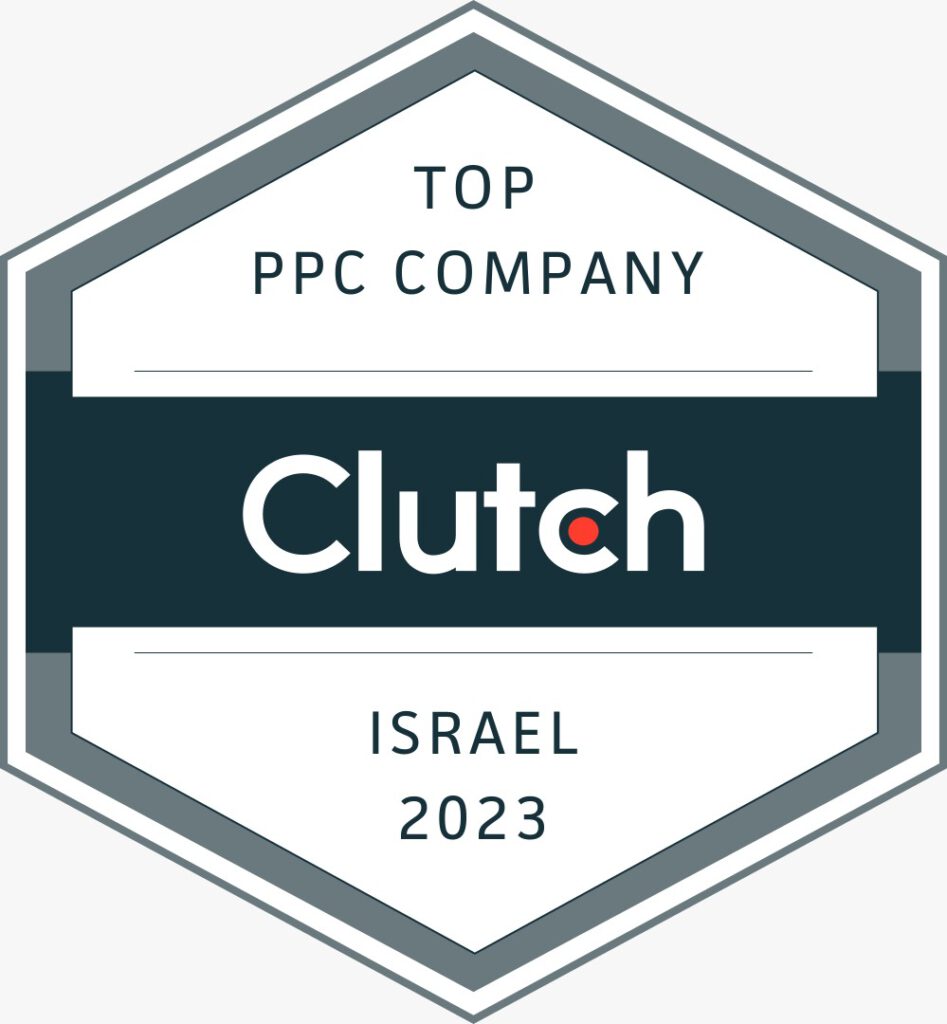One of the most common questions businesses ask before launching a Google Ads campaign is, “How long will it take to start getting leads?” The answer isn’t always straightforward. Several factors influence the timeline, such as your industry, campaign setup, budget, and optimization strategy. In this article, we’ll break down what to expect when starting a Google Ads campaign and the key factors that affect how quickly you can generate leads.
Average Timeline for Getting Leads from Google Ads
Generally, businesses can start seeing early results within the first week of launching a campaign. However, it typically takes 2 to 4 weeks to gather meaningful data and optimize for better performance. For consistent lead generation, most campaigns hit their stride after 3 months of active monitoring and optimization.
Here’s a breakdown of the typical stages:
- Week 1-2: Initial setup, testing, and data collection.
- Weeks 3-4: Identifying which keywords, ads, and audiences work best.
- Months 1-3: Refining the campaign through optimization to achieve stable lead flow.
- Beyond 3 months: Continuous fine-tuning for scaling and maintaining performance.
Key Factors That Influence Lead Generation Speed
Several elements impact how fast you can start seeing leads from your Google Ads campaign:
1. Industry Competition
Highly competitive industries, such as real estate, law, and finance, tend to have higher CPCs (Cost-Per-Click) and more competition for ad space. Campaigns in these niches may take longer to see results as you need more time to outbid competitors and optimize your targeting.
💡 Tip: Use long-tail keywords or local targeting to reduce competition and generate leads faster.
2. Campaign Type and Strategy
Different types of campaigns yield results at different speeds. Here’s what you can expect:
- Search Campaigns: These typically generate faster leads since they target users actively searching for specific solutions.
- Display Campaigns: They take longer since they focus on brand awareness and indirect lead generation.
- Performance Max Campaigns: Can generate leads faster by leveraging multiple Google networks (Search, Display, YouTube, etc.).
3. Budget and Bidding Strategy
Your daily budget and bidding approach influence the speed of lead generation. With a higher budget, your ads can be shown more frequently, generating leads faster. Conversely, campaigns with limited budgets may take longer to gather meaningful data.
- Manual CPC: Provides control but requires frequent adjustments.
- Automated Bidding (e.g., Maximize Conversions): Can help speed up lead generation by adjusting bids based on performance data.
💡 Tip: Allocate a sufficient budget to gather data quickly—Google recommends at least $50-$100 per day for competitive industries.
4. Landing Page Quality
Even the best ads won’t generate leads if the landing page isn’t optimized. A slow-loading page or a confusing design can increase bounce rates, delaying your lead generation.
Checklist for an Optimized Landing Page:
- Page loads in under 3 seconds.
- Clear, relevant headline and CTA that matches the ad.
- Mobile-friendly design for seamless experience across devices.
5. Account Structure and Targeting
Poorly structured campaigns can lead to wasted ad spend and delayed results. A well-organized Google Ads account with relevant ad groups, keyword segmentation, and refined targeting will perform better from the start.
💡 Pro Tip: Use A/B testing to compare different ad copies and landing pages, allowing you to find the most effective combinations faster.
6. Optimization and Learning Period
Every new Google Ads campaign goes through a learning phase, during which Google’s algorithm gathers data to optimize ad performance. This period typically lasts 7-10 days but may vary depending on the amount of traffic and conversions.
During the learning phase, results may fluctuate, so it’s essential to give the campaign time to stabilize before making major adjustments.
How to Speed Up Lead Generation from Google Ads
Here are some actionable tips to start generating leads more quickly:
- Use Retargeting Campaigns: Show ads to users who have visited your website but didn’t convert.
- Leverage Ad Extensions: Use callouts, sitelinks, and structured snippets to make your ads more engaging.
- Start with High-Intent Keywords: Focus on keywords that indicate purchase intent (e.g., “buy,” “book now,” “near me”).
- Monitor and Adjust Frequently: Review performance daily in the first few weeks to make quick adjustments.
- Use Location Targeting: Narrow your focus to local audiences if applicable—this can reduce competition and improve results.
When to Expect Consistent Leads
While it’s possible to see leads within the first week, consistent lead generation typically requires at least 3 months of monitoring and optimization. During this period, you’ll refine keywords, ads, and bidding strategies based on the data collected. Patience and continuous adjustments are key to long-term success.
Conclusion: Results Take Time, But They’re Worth It
Google Ads is one of the fastest ways to generate leads, but it’s important to set realistic expectations. While some campaigns start generating leads within days, achieving consistent, high-quality leads often takes several weeks to months of optimization. By investing time in testing, optimizing, and refining, you’ll position your campaign for sustainable success.
If you’re just starting with Google Ads and need guidance, reach out to us. Our team specializes in helping businesses set up, optimize, and scale PPC campaigns to generate leads quickly and efficiently.













